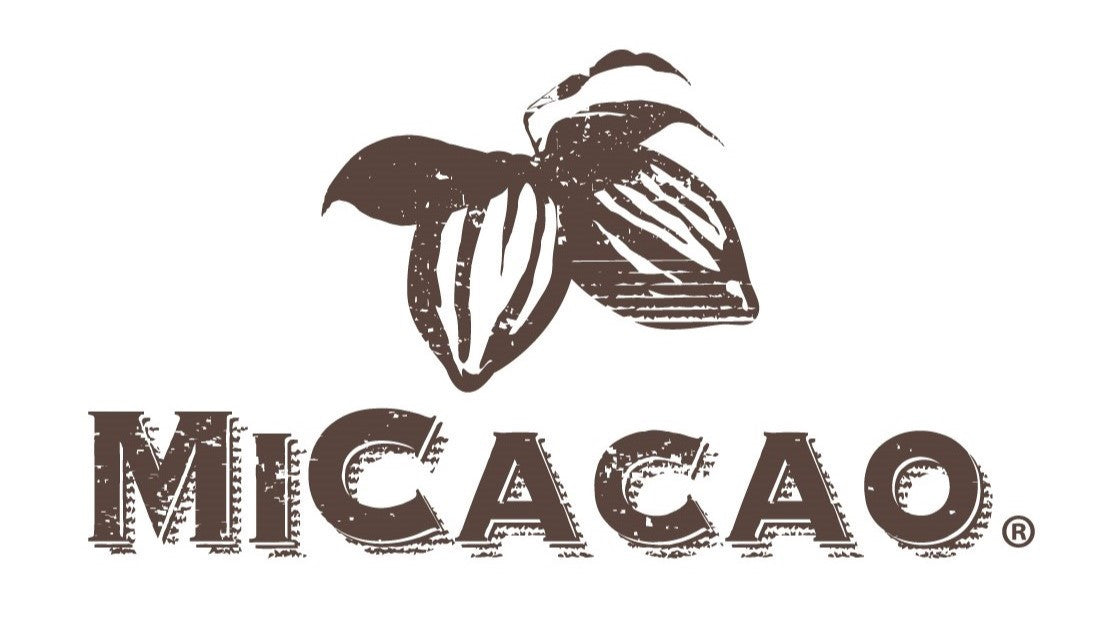
I grew up in a household that practically worshiped milk chocolate. Every Halloween was a feeding frenzy, and we loved every second of it. It wasn’t until I was twelve that I learned about dark chocolate. I remember that first bite of a dark chocolate bar, and I didn’t like it in the slightest; it was bitter, unappealing, and it wasn’t the chocolate I knew and craved. So, what’s the difference between light and dark chocolate anyway? Ingredients and health benefits. While it’s clear that dark chocolate is king when it comes to health benefits, many folks still reach for the milk chocolate to satisfy their sweet tooth craving.
Dark chocolate demolishes its lighter counterpart in the health department every time. Part of this is due to the higher density of cacao. Dark chocolate bars have at least 60 percent cacao content. And what’s so good about cacao? Polyphenols. That’s a fancy way of saying antioxidants. And that’s a fancy way of saying stuff that plays an important role in your health and wellness. Antioxidants help protect the cells in your body from damage, preventing tissue degradation and reducing the risk of major diseases such as heart disease. Additionally, the average dark chocolate bar has half the sugar and four times the fiber of a milk chocolate bar. They also generally have higher iron content, more magnesium, and about twice the potassium of milk chocolate. While the fat content is about the same in both types of chocolate, dark chocolate has more cholesterol-neutral fat and significantly less carbohydrates.
When it comes to taste, it varies on every tongue. Dark chocolate has low sugar levels, so it naturally tastes slightly bitter. Light chocolate, on the other hand, is much sweeter. It contains cocoa solids that are diluted with milk, cream, and sugar. This combination of ingredients gives it a smoother and creamier texture than dark chocolate. It also has a duller taste than dark chocolate, which is typically why younger children prefer it.
Regardless of the type of chocolate you’re eating, quality can vary greatly. Low quality dark chocolate can have a rigid and severe taste. Poor-quality milk chocolate can taste like a melted candle. Big companies often use artificial ingredients to mimic a desirable taste, whereas smaller companies, like MiCacao, strive for a distilled taste by ensuring only the highest quality cacao beans are used in their products. Check the packaging to ensure you’re getting the real deal!
A milk chocolate bar may still be the go-to for squeezing between graham crackers and marshmallows. But if you’re looking to temper that craving with a healthier mindset, consider giving dark chocolate some of your time. It’s the kind of dessert you don’t have to feel guilty about, and you might even enjoy the higher cacao content!
-Written by MiCacao contributors
